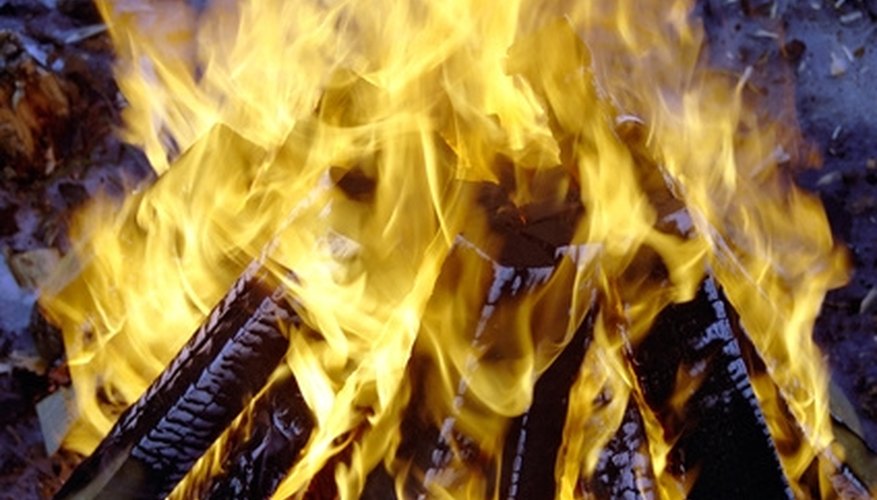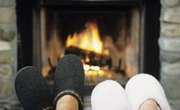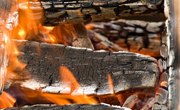
Flashpoint is the lowest temperature at which something will burn. In the case of wood that temperature is 572 degrees Fahrenheit or 300 degrees Celsius. The United States Department of Labor's Occupational Safety and Health Standards further defines flashpoint as "the minimum temperature at which a liquid gives off vapor within a test vessel in sufficient concentration to form an ignitable mixture with air." Flashpoints differ based on the material, but each material has its own characteristics. Therefore wood, whether it be firewood or any other sort of wood has a standing flashpoint. But this flashpoint is an empirical measurement and not often found exigent experimentation.
Empirical Measurement and Environmental Factors
It is important to note that 572 degrees is the empirical flashpoint, and not necessarily the temperature that can be found outside of a closed experiment. To obtain this result, closed-cup testers are used that eliminate environmental factors such as altitude, humidity and pollution. The higher the altitude the lower the air pressure and the lower the temperature at wood burns. Conversely, the higher the humidity, the higher the temperature that wood burns. Pollution also affects the temperature at which wood burns. The more particulates in the air combined with reduced oxygenation causes a reduction in the temperature at which wood burns.
Firewood
To achieve the optimum flashpoint, firewood should be free of humidity. This is often achieved by curing, or drying. Carol Savonen at Oregon State University points out that freshly cut wood can have as much as 70 percent moisture, where dried or cured wood has less than 20 percent. Additionally, when collecting firewood, it is important to understand your choices.
Hot Wood
The wood that puts out the most heat (by British Thermal Units or BTUs) is Madrone or Madrona, which can be found in the Pacific Northwest. Other more common woods high in BTUs are firs, elms, oaks and ashes.
Cool Wood
The wood that puts out the least heat is Cottonwood, which is a subspecies of Poplar and can be found throughout North America and Europe. Other woods low in BTUs are gums, spruces, cedars and pines. These woods burn quickly, but do not sustain any high output of heat.
Smokey Wood
Yellow Pine and Douglas Fir should be avoided because of the smoke they produce.
References
Writer Bio
Jack Kitchens has been writing professionally since 1995. His publications include magazines, comic books and how-to writing guides. He holds a Master of Fine Arts in creative writing from National University in San Diego, Calif.



